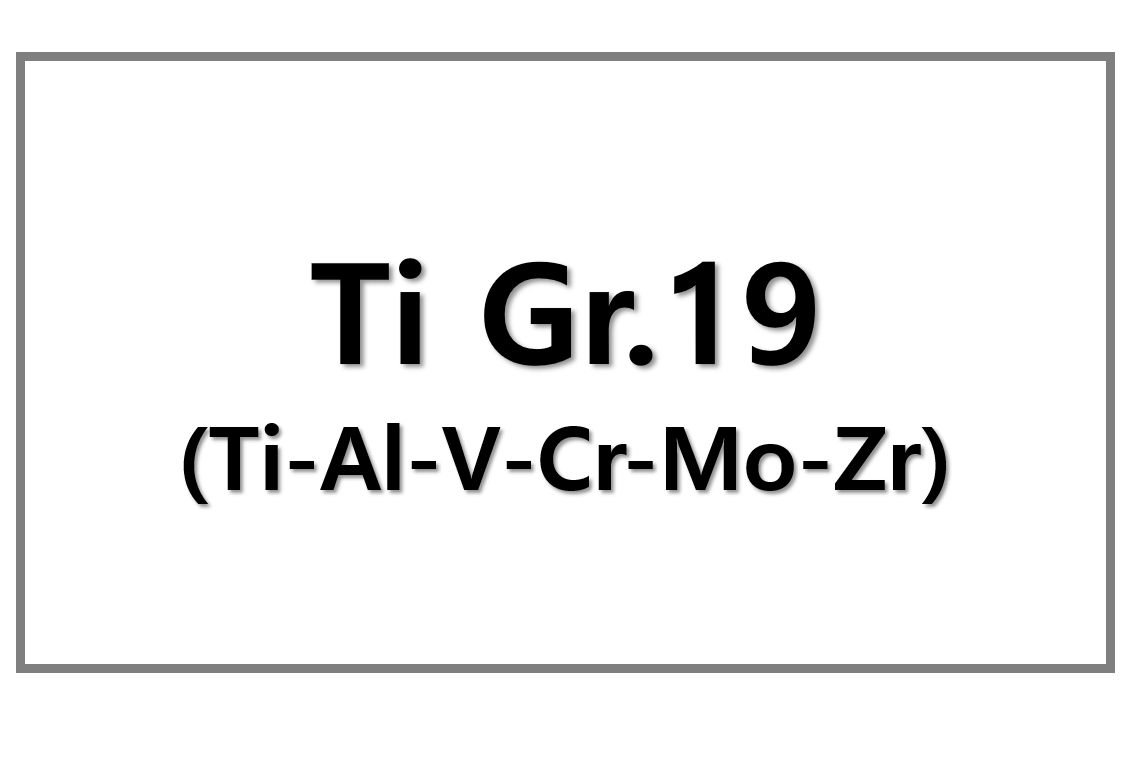
China Shifts Toward Pro-Growth Policies Amid Economic Slowdown
China has announced a shift toward economic stimulus with more active fiscal policies and a moderately loose monetary policy to address its ongoing economic slowdown. The decision follows Premier Li Qiang’s sharp criticism of trade barriers and tariffs, which he claims are restricting global economic growth. As concerns mount over weak consumer demand and slowing investment, China is recalibrating its policies to revive the economy, triggering positive market reactions.
Monetary and Fiscal Policy Adjustments to Support Economic Recovery
The Chinese Communist Party’s Politburo has pledged to implement flexible fiscal measures and a pro-growth monetary stance, a departure from the “prudent” economic approach that has shaped policy for over a decade. The strategy includes increasing government spending and credit availability to counter the economic headwinds caused by global trade tensions and rising tariffs.
The shift has been welcomed by markets, with the Hong Kong Hang Seng Index rising 2.8% in response. The policy change aims to support businesses and households, encourage consumer spending, and drive domestic investment amid growing economic pressures.
China Faces Persistent Economic Challenges Despite Policy Shift
Despite the new economic stimulus measures, China continues to struggle with weak consumer confidence, a declining property market, and rising youth unemployment. The government maintains a 5% growth target, but analysts warn that economic indicators suggest it may fall short.
To boost household spending, the central government is deploying fiscal stimulus and credit easing policies. However, low inflation—with November’s rate at just 0.2%—suggests that demand remains weak. This leaves room for further interest rate cuts to stimulate growth in the coming months.
Premier Li Qiang Condemns Trade Barriers, Calls for Open Markets
At an economic forum, Premier Li Qiang strongly criticized global trade restrictions, warning that rising tariffs and export controls—particularly from the U.S.—are stifling growth. While he did not name specific countries, his remarks reflect China’s frustration with U.S. policies targeting Chinese exports and technological advancements.
Li urged international cooperation to prevent protectionist measures from deepening economic instability. His comments highlight Beijing’s broader strategy of countering trade barriers while strengthening domestic demand to reduce reliance on external markets.
Beijing’s Long-Term Strategy: Strengthening Domestic Demand
Alongside fiscal reforms, China is taking steps to stimulate consumer spending and investment through interest rate adjustments and targeted industry support. The government’s annual economic planning meeting this week is expected to reaffirm these policies, signaling further efforts to stabilize growth and counter global trade challenges.











Leave a Reply
You must be logged in to post a comment.